COMMON CRICKET INJURIES. Unlike the olden days of test cricket or one day, with the growing fan fad for the sport, the sport itself has assumed varying formats. With the onset of Twenty-Twenty Cricket to satiate the growing frenzy, one can say, Cricket as a sport has assumed a star status, especially in India.
As a result, the strain and stress on this new generation of cricketers are quite alarming. It tends to take a toll on the cricketers. Hence, one has to be extra cautious and attentive to their bodies. Taking preventive measures to avoid injuries is imperative.
Upper body strains, lower back sprains, Side stretches/strains, apart from that bruises, fractures and injuries to face, fingers and hands. These are the most common type of injuries sustained by the players. These injuries may or may not require hospital treatment depending on the intensity.
Here are some of the common cricket injuries:
1) Hamstring Injury
Amongst the Upper body strains, Hamstring pull is one of the major concerns for the cricketers as a whole. It is a tear in the muscle tissue and can occur while bowling, batting or while taking a quick single run. Or for that matter while fielding as well. It’s caused due to excessive stretching and sudden stress on the muscles causing it to tear. Based on the tear, the hamstring pull can be classified as first, second or third-degree strain.
One of the ways to prevent any kind of injury and hamstring pull, in this case, is by doing a warm up prior to getting into the field. A warm-up of around 20 minutes is sufficient. Whereby, one can begin by stretching exercises gently and finishing up with full pace activities. As for players on the field, the bowlers, especially fast bowlers could take turns in bowling overarm by keeping sufficient gap, in order to avoid overstressing their muscles.
The various other batting related injuries include injury to the knees, lower leg injuries as in, tearing of the calf muscles while taking runs, etc.
2) Ankle Injury
The most common form of injury to mar either the batsmen, bowler, fielder any cricketer for that matter is a sprained ankle. In this injury the ankle tends to get twisted inwards. The resultant factor being damage to the soft tissues and the ligaments around the ankle leading to a painful swollen ankle. The damage to the ligaments and torn tissues results in bleeding and could be extremely painful.
The ways to prevent this could be by taping or bracing your ankle area. The taping or strapping could be done by a trained physiotherapist. Whereas one can opt to wear an ankle brace in order to avoid excessive strain on the ankle.
3) Shoulder Pain
This injury also known as the Rotator Cuff muscles is caused due to excessive strain on the shoulders. This could hapeen while bowling or repeated throwing of the ball while fielding. The Rotator Cuff muscles are situated amidst the shoulder joint. They can get inflamed due to the irritation caused by repeated actions and stress on the shoulder. Ignoring which, partial tears may develop leading to a full-blown tear to one or more Rotator Cuff muscles. Apart from this, one can suffer from frozen shoulder, dislocated shoulder or shoulder separation.
The preventive measure could include a good warm up with stretching exercises. One can avoid abrupt throwing of the ball or excessive stretching of the arm whilst batting. Correct throwing and bowling techniques if practiced can avoid strain on the shoulders. One has to pay attention to the flexibility and gauge the strength and endurance of the shoulder muscles. As a precaution one can also undertake shoulder stabilization exercises from a Physiotherapist.
4) Lower Back Injuries
Bowlers especially fast bowlers are very prone to injuries or issues related to the lower back. The lower back problems, namely include herniated discs, spinal stenosis, and strains of the side muscles caused to the non-bowling arm side of the body. Lumber stress fractures are common amongst the young fast bowlers. This could be caused due to technical errors, or excessive bowling workload. Other sorts of lower back injuries tend to affect the knees and the ankles due to the heavy impact of twisting force required for bowling action.
Ways to prevent lower back need one to bend backward which is a combination of spinal hyperextension coupled with rotation and side bending of the body. As a result, the vertebra Pars Interarticularis is strengthened and is well prepared to take the oncoming stress. There are some exercises known as the Core stability exercises to avoid back injuries and also shock-absorbing insoles can help reduce the stress on the back.
In general, the best ways to avoid cricket injuries include appropriate warm-ups, cooling down and stretching exercises, proper diet, regular massages, and protecting oneself by wearing appropriate sports gears while on the field, in order to play as well as enjoy the sport to the maximum.


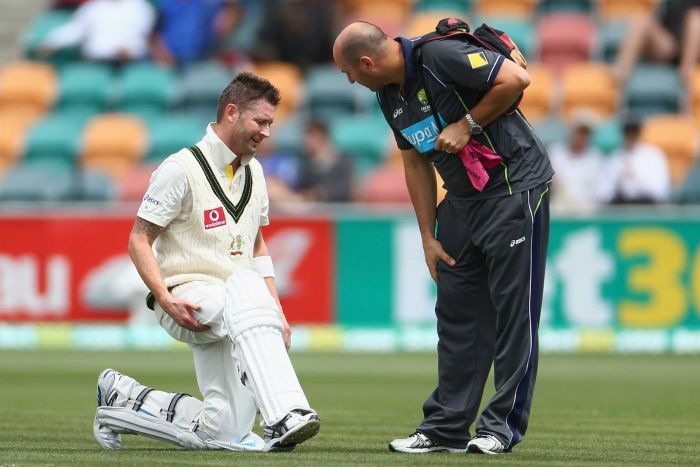
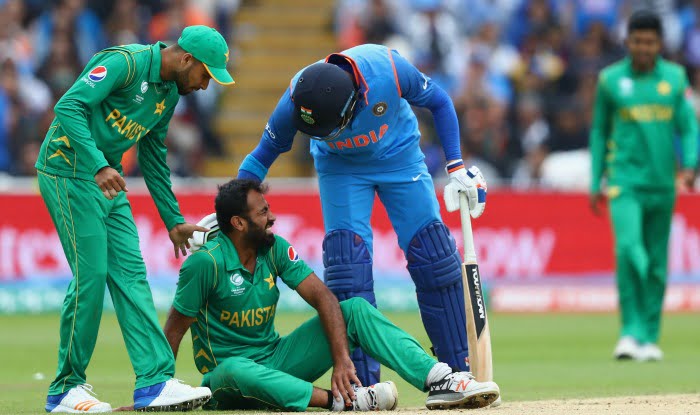
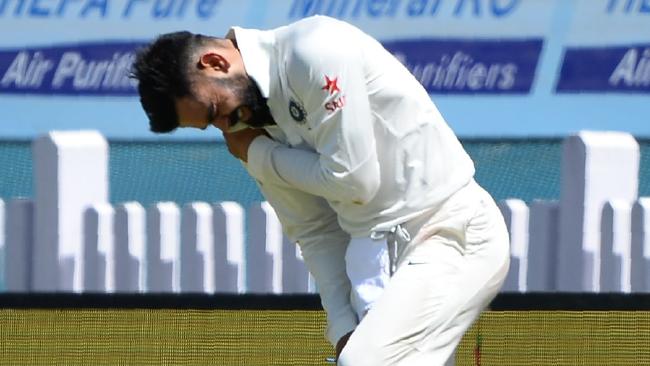
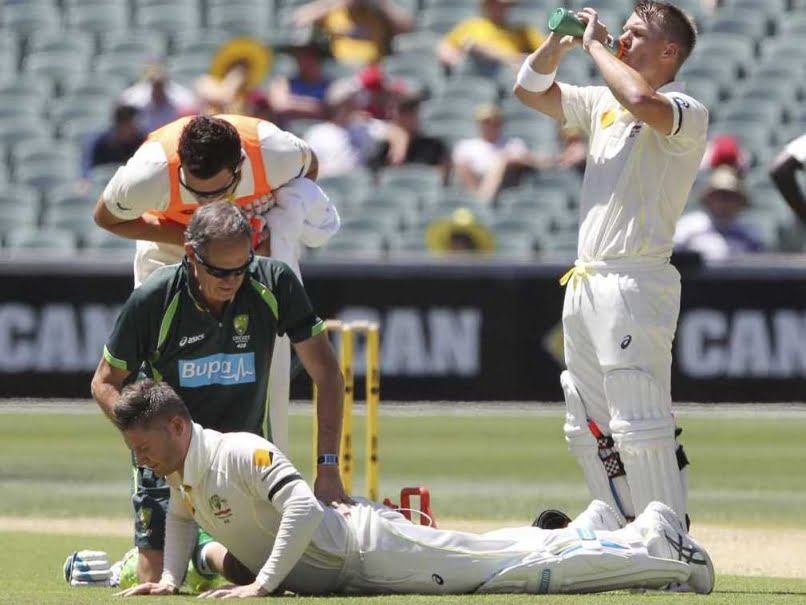
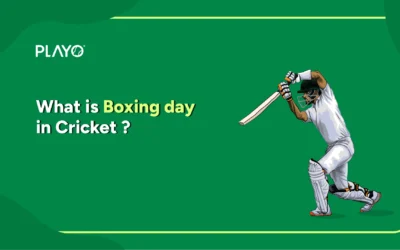

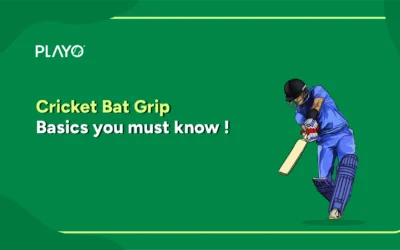
0 Comments